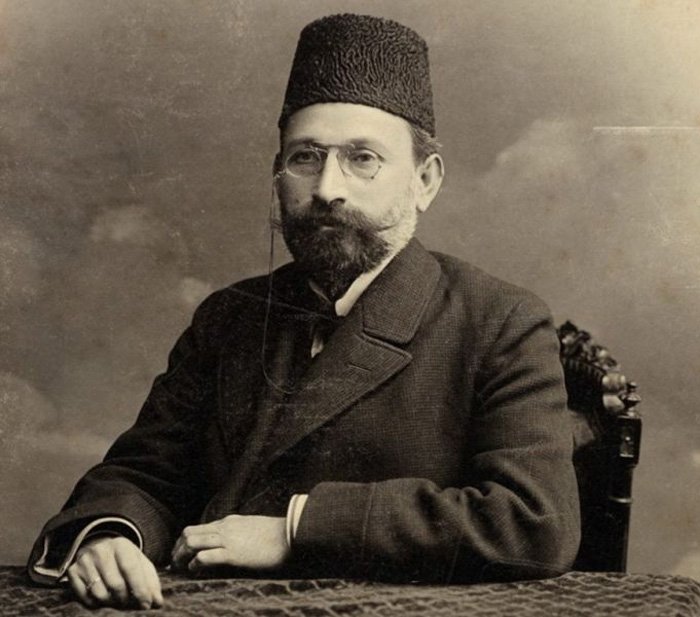Azerbaijan Flag: History, Colors, and Meaning of the Tricolor

On February 5, 1991, following the restoration of Azerbaijan’s independence, the national flag of Azerbaijan was officially raised once again. This vibrant tricolor flag — blue, red, and green — became a powerful state symbol, representing the country’s sovereignty, identity, and unity.
The design and symbolism of the Azerbaijan flag were conceived much earlier in history. On November 9, 1918, during the existence of the Azerbaijan Democratic Republic (ADR), the tricolor design was officially adopted for the first time. The author of the flag was Ali bey Huseynzade, a philosopher, physician, and artist who played a key role in shaping the national ideology. Today, November 9 is celebrated as National Flag Day in Azerbaijan and is recognized as a public holiday.
What Do the Colors of the Azerbaijan Flag Mean?
Each color on the flag of Azerbaijan has deep cultural and philosophical significance. The idea behind the tricolor was articulated by Uzeyir Hajibeyov, who also composed the national anthem of the Azerbaijan Democratic Republic:
🟦 Blue symbolizes the Turkic heritage of the Azerbaijani people, their deep historical roots and national pride.
🟥 Red reflects the nation's struggle for freedom, its aspiration toward modernization, progress, and enlightenment.
🟩 Green represents Islamic culture, spirituality, and hope — highlighting Azerbaijan’s connection to the broader Islamic world.
Centrally placed on the flag are a white crescent and an eight-pointed star, rich with symbolism. This emblem is rich in symbolism and closely linked to both Turkic and Islamic traditions. The meaning of the star has been widely debated by scholars — some link it to the eight Turkic tribes, others to the eight Arabic letters in “Azerbaijan,” and some to Sufi beliefs about the eight directions of truth, all reflecting the richness of Azerbaijan’s cultural heritage.








.jpg)




Comments
No comments yet.
Leave a Comment